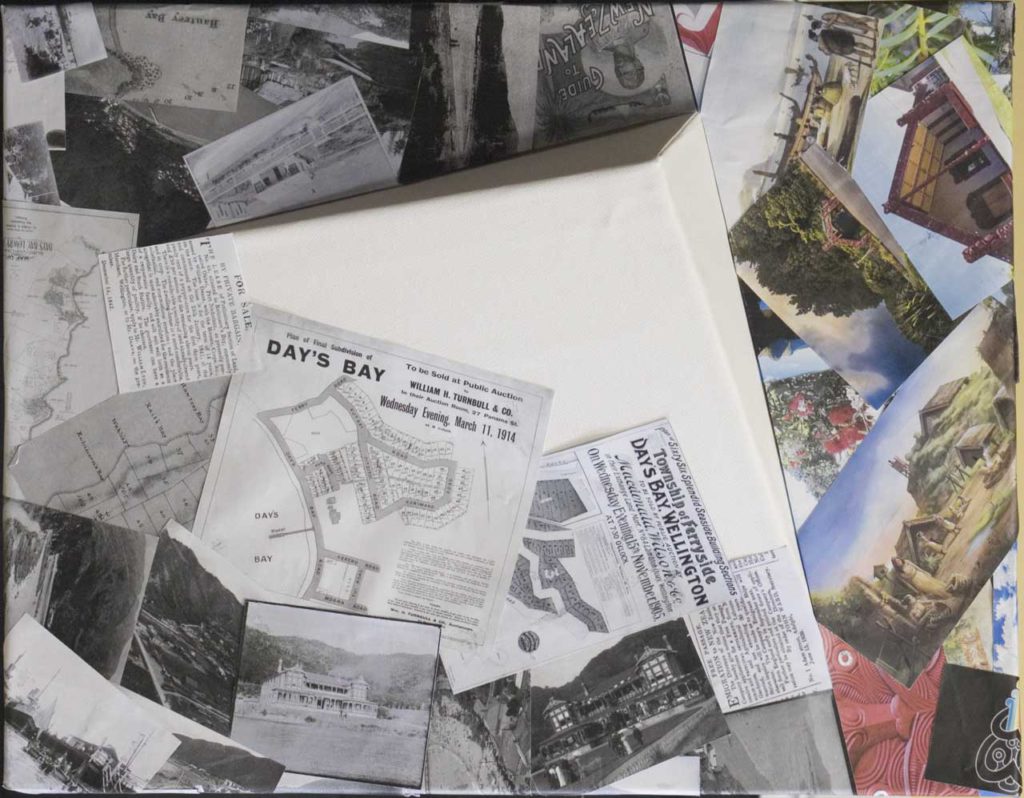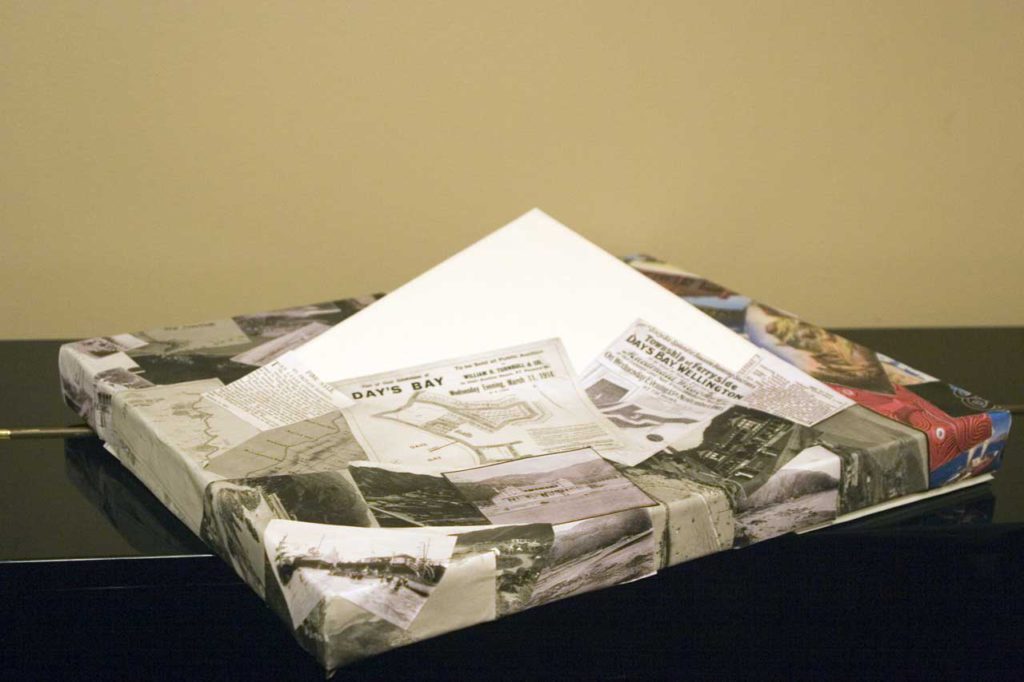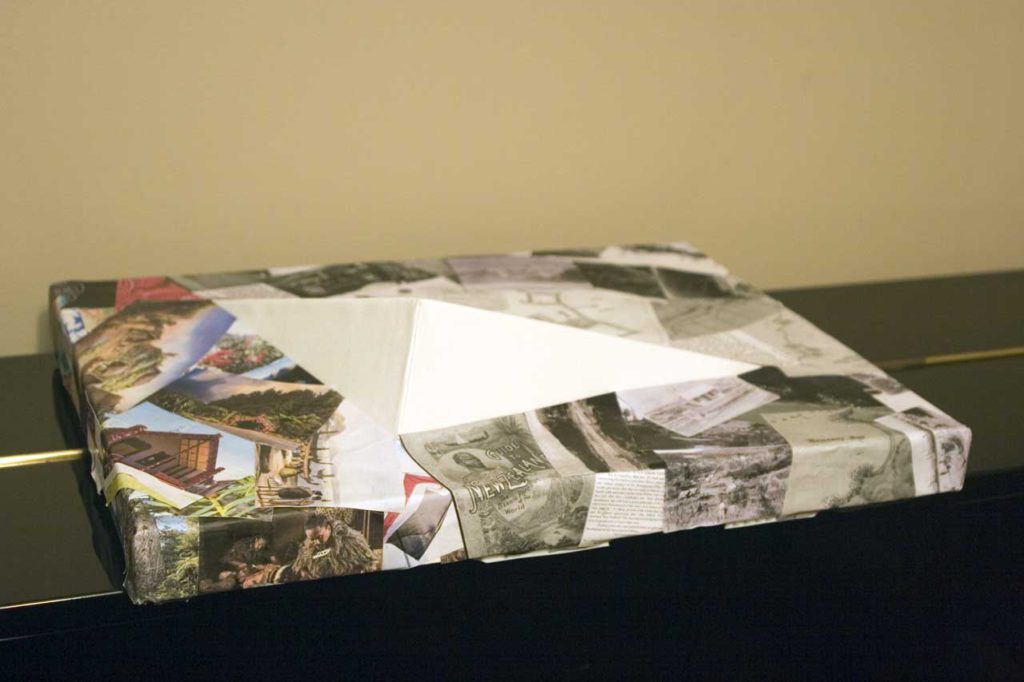Session 8: Kaupapa and ethics
Group feedback on previous reading
Don’t use the word “tribe”; use “iwi” instead. Tribe meaning originates in “tribis”, Latin for “lowest common order”. Anyway, makes sense to me as I wouldn’t say “raw fish on rice” for “sushi”, and so on.
I’d thought a heck of a lot about the article by Professor Mutu before this session. I’d also considered what the other students would say when asked what they’d got out of it, and my predictions were depressingly correct: highly orthodox responses from those that spoke. I hope some of the people who didn’t speak had done some deeper thinking about the unaddressed “failure modes” in the article.
My peers are young adults straight out of high school, and I do have some experience of what “NCEA thinking” does to children, i.e. my own, and their friends. I think I’m now seeing some of that in my own class. It’s along the lines of, “do you want to think about it, or do you want the grade?”. I’ve heard that from my children and their friends. Hopefully, university shakes that out of people by year three.
I should read more at Prof. Mutu’s writings to see if she has – with reference to Tikanga Māori- done work on what happens if the societal changes she’s advocating don’t work. If things aren’t working, firstly, how will we tell? If they’re failing, what is plan B?
Look at the kaupapa Māori framework.
Discussion in class about the main ways by which both systems seek to uphold the interest of people.
It’s an ethical principles based approached, so seeks a level playing field on which to talk to people.
Ensures that you get the right information and transfer it in the right way?
Sets boundaries/clarity on terminology – common use of language.
Defines what the mutual benefits are?
Reflections on this session
This was probably the hardest session so far, and taught me a lot. Probably some of those things are not what was intended by curriculum…
I thought about the session all weekend. It got me thinking a lot about what is and isn’t “orthodox” thinking. Arguably, with a Labour government very much in charge, a MinEdu approved curriculum, and the course being taught in a public university, then it’s orthodox. Sorry, Massey, you’re not the Rebels; you’re the Empire.
So, I found myself questioning what the course is really after. We’re asked to be very open in our discussions, and prepared to challenge and be challenged, but maybe only if we stay within this orthodox framework? That feels a bit depressing. I thought university was supposed to be the last safe place for difficult ideas?
I wanted to ask this question: “if you have a student who’s a communist/fascist/libertarian, then is Massey’s role to enable them to express their communist/fascist/libertarian tendencies through their practice, or is its role to align them to how the orthodoxy wants them to think?”
That’s a really hard one.
Then again, this isn’t the Art part of the wider course; this is communications. Perhaps the creative arts courses will be doing the former? I can certainly see why the latter would be viewed as the right response in a communications course.
I do worry that I can easily be dismissed as male/pale/stale guy who thinks Māori should suck it up, and that’s not the case at all. I’m not sure what political pigeon hole I should be occupying, but it’s probably “Libertarian”. Meh – I hate labels! I guess this is why I’m struggling with bringing Tikanga Māori so much to the fore, as it’s a system very strongly influenced by ancestry and familial descent, which drifts worryingly toward favouring a particular group because of who their parents were, and that just does not sit well with me.
As always, more pondering needed…



